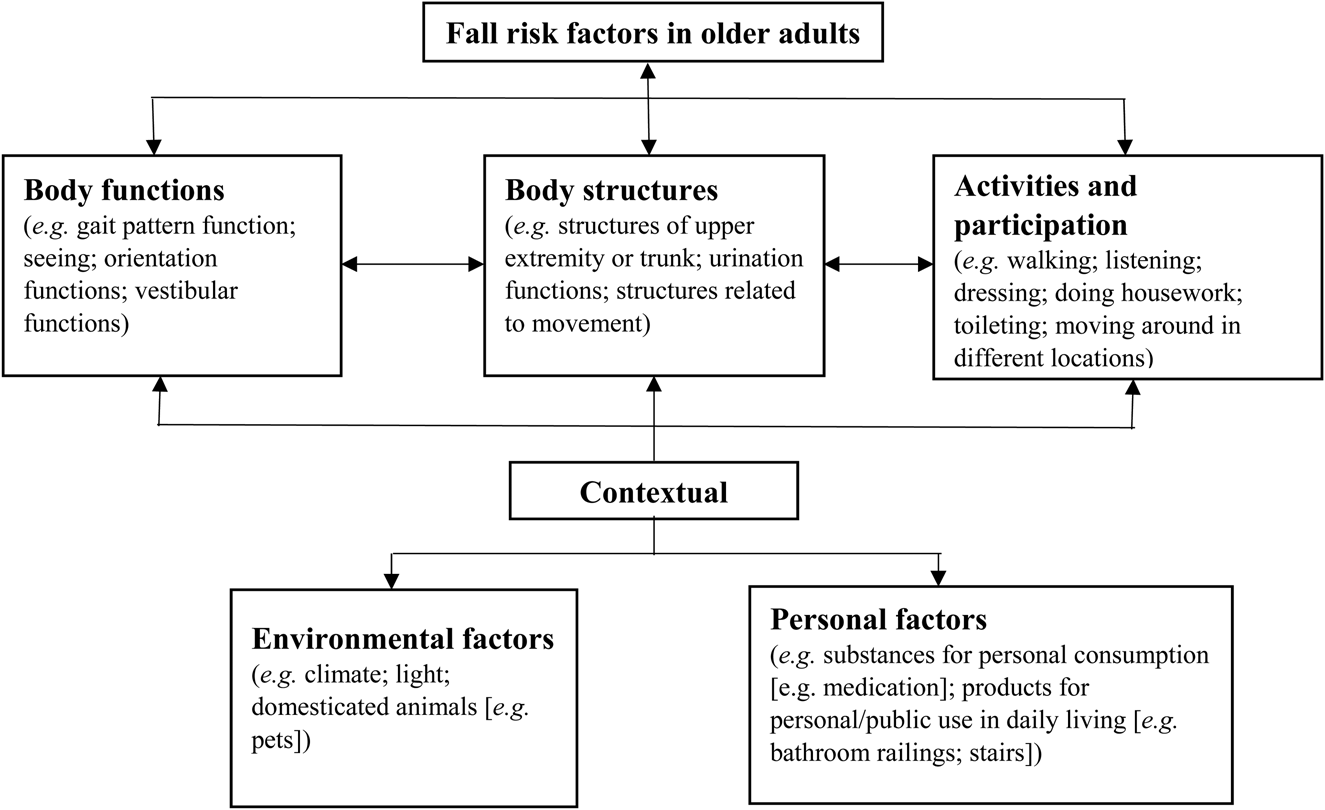How Dementia Fall Risk can Save You Time, Stress, and Money.
Unknown Facts About Dementia Fall Risk
Table of ContentsExcitement About Dementia Fall RiskAbout Dementia Fall RiskThe Best Guide To Dementia Fall RiskLittle Known Facts About Dementia Fall Risk.
A loss risk evaluation checks to see how likely it is that you will certainly drop. The evaluation usually consists of: This includes a collection of concerns concerning your total wellness and if you have actually had previous falls or problems with balance, standing, and/or strolling.STEADI consists of testing, examining, and treatment. Interventions are referrals that may minimize your risk of dropping. STEADI consists of 3 steps: you for your danger of succumbing to your threat variables that can be boosted to attempt to avoid drops (for instance, balance issues, damaged vision) to lower your threat of falling by utilizing effective approaches (as an example, providing education and learning and sources), you may be asked numerous concerns including: Have you fallen in the previous year? Do you feel unstable when standing or walking? Are you bothered with dropping?, your company will certainly evaluate your toughness, balance, and stride, utilizing the following loss assessment tools: This examination checks your stride.
If it takes you 12 seconds or more, it might suggest you are at greater threat for a fall. This examination checks stamina and equilibrium.
The placements will certainly get more difficult as you go. Stand with your feet side-by-side. Relocate one foot midway forward, so the instep is touching the big toe of your other foot. Move one foot completely in front of the other, so the toes are touching the heel of your various other foot.
Dementia Fall Risk for Beginners
A lot of falls happen as an outcome of numerous adding aspects; consequently, managing the threat of falling begins with recognizing the aspects that contribute to fall risk - Dementia Fall Risk. A few of the most pertinent threat elements include: Background of prior fallsChronic clinical conditionsAcute illnessImpaired gait and equilibrium, reduced extremity weaknessCognitive impairmentChanges in visionCertain high-risk medicines and polypharmacyEnvironmental variables can likewise enhance the risk for falls, consisting of: Inadequate lightingUneven or damaged flooringWet or unsafe floorsMissing or harmed handrails and get barsDamaged or improperly fitted equipment, such as beds, wheelchairs, or walkersImproper usage of assistive devicesInadequate guidance of individuals residing in the NF, including those who exhibit aggressive behaviorsA effective loss threat monitoring program calls for a detailed professional evaluation, with input from all members of the interdisciplinary group

The care plan ought to additionally include treatments that are system-based, such as those that advertise a risk-free setting (suitable lighting, handrails, order Visit This Link bars, and so on). The performance of the treatments must be assessed regularly, and the care strategy revised as needed to reflect changes in the fall risk analysis. Applying a loss danger administration system making use of evidence-based best method can decrease the prevalence of falls in the NF, while limiting the possibility for fall-related injuries.
Dementia Fall Risk Can Be Fun For Anyone
The AGS/BGS guideline suggests evaluating all grownups matured 65 years and older for fall danger yearly. This testing is composed of asking patients whether they have dropped 2 or more times in the past year or looked for clinical interest for a loss, or, if they have not dropped, whether they really feel unstable when walking.
People that have fallen when without injury must have their balance and stride assessed; those with stride or balance problems should obtain added analysis. A background of 1 loss without injury and without gait or equilibrium problems does not require additional assessment beyond ongoing annual fall threat testing. Dementia Fall Risk. A loss danger evaluation is called for as component of the Welcome to Medicare evaluation

The 5-Minute Rule for Dementia Fall Risk
Documenting a drops history is just one of the top quality signs for autumn prevention and management. A vital part of risk assessment is a medication review. Several classes of medications enhance autumn risk (Table 2). Psychoactive drugs in particular are independent predictors of drops. These drugs have a tendency to be sedating, helpful site change the sensorium, and impair equilibrium and gait.
Postural hypotension can often be minimized by reducing the dosage of blood pressurelowering drugs and/or stopping drugs that have orthostatic hypotension as an adverse effects. Use above-the-knee support hose and resting with the head of the bed elevated may also decrease postural decreases in blood pressure. The preferred elements of a fall-focused health examination are received Box 1.

A yank time above or equal to 12 secs recommends high fall danger. The 30-Second Chair Stand examination examines reduced extremity toughness and balance. Being unable to stand from a chair of knee height without using one's arms shows my sources raised fall threat. The 4-Stage Equilibrium test evaluates static equilibrium by having the patient stand in 4 placements, each considerably extra tough.